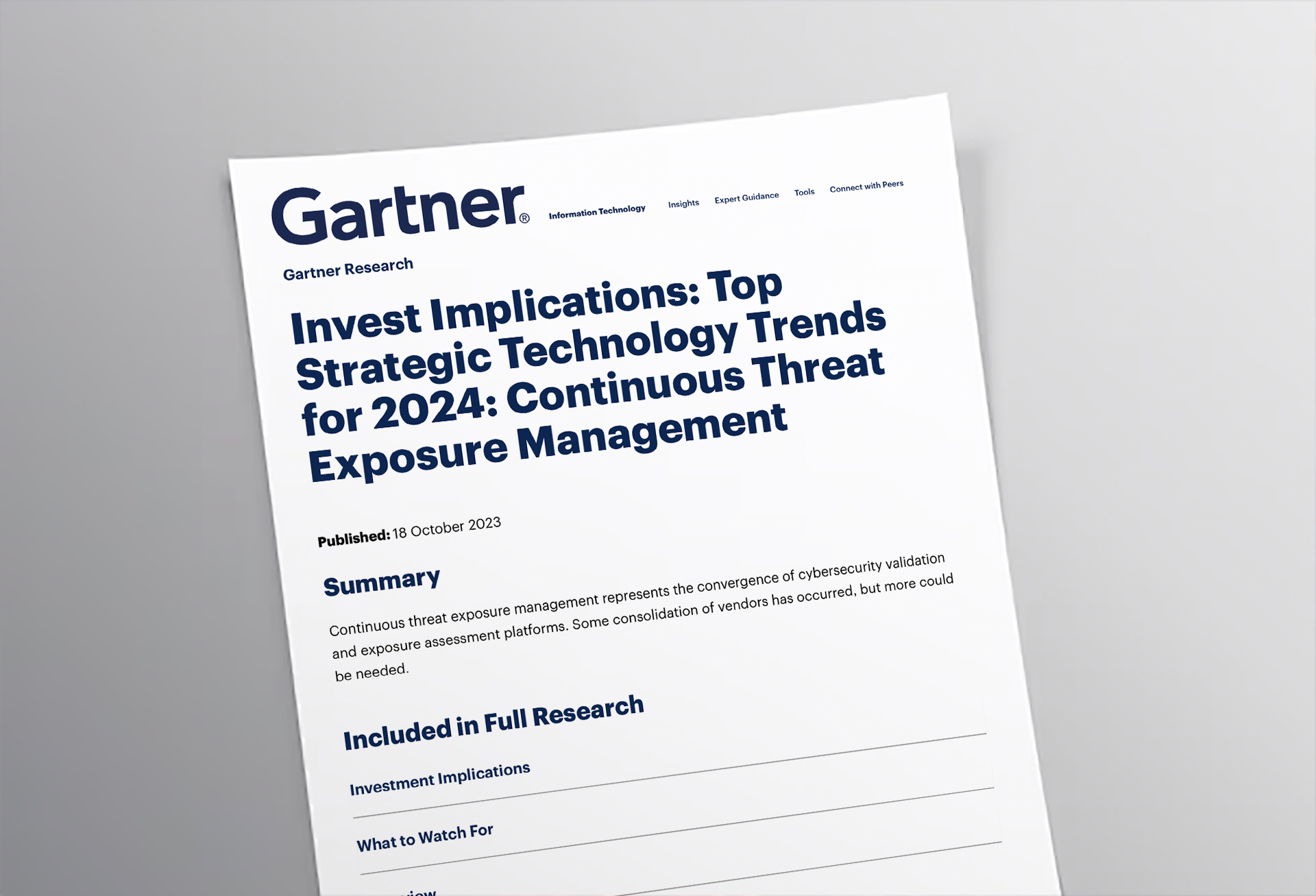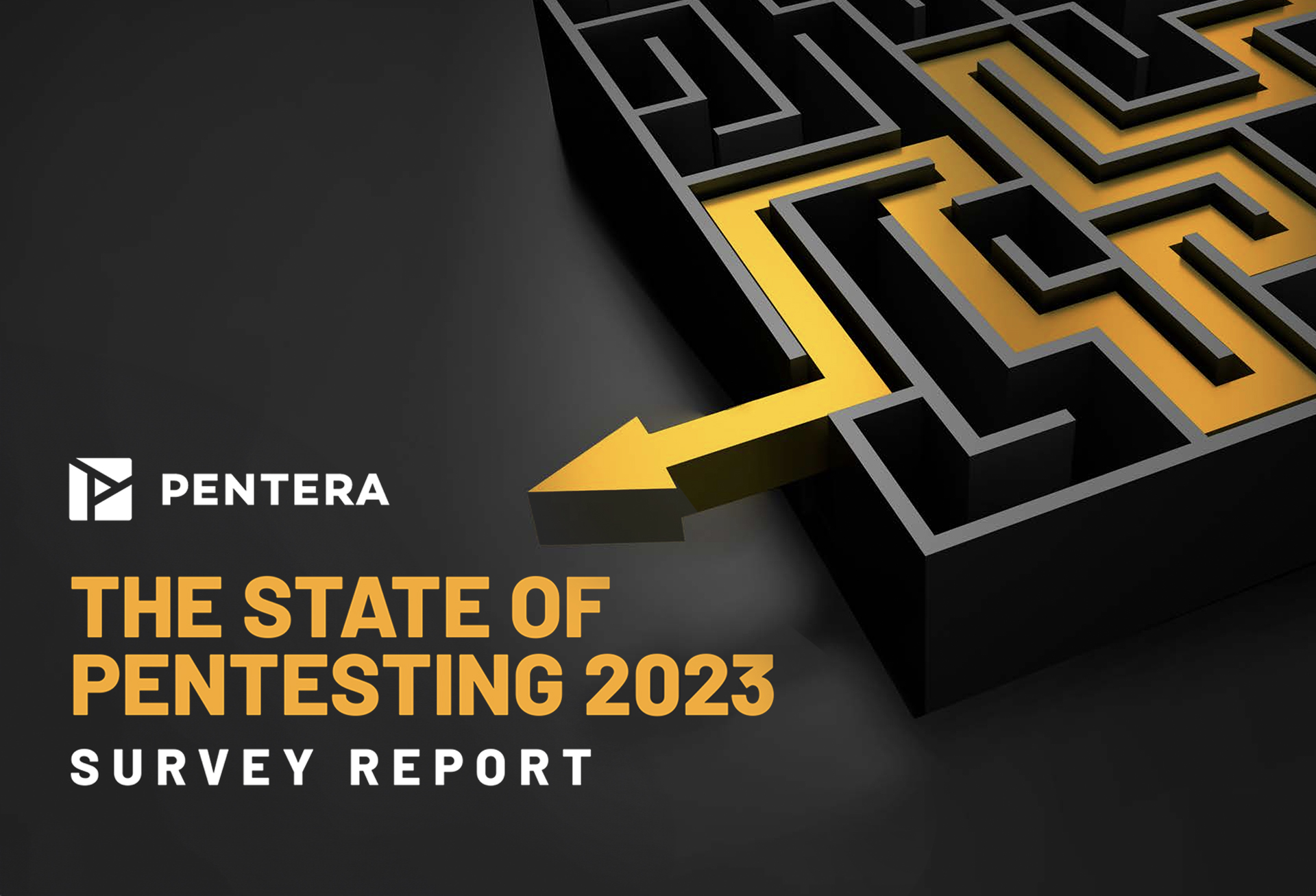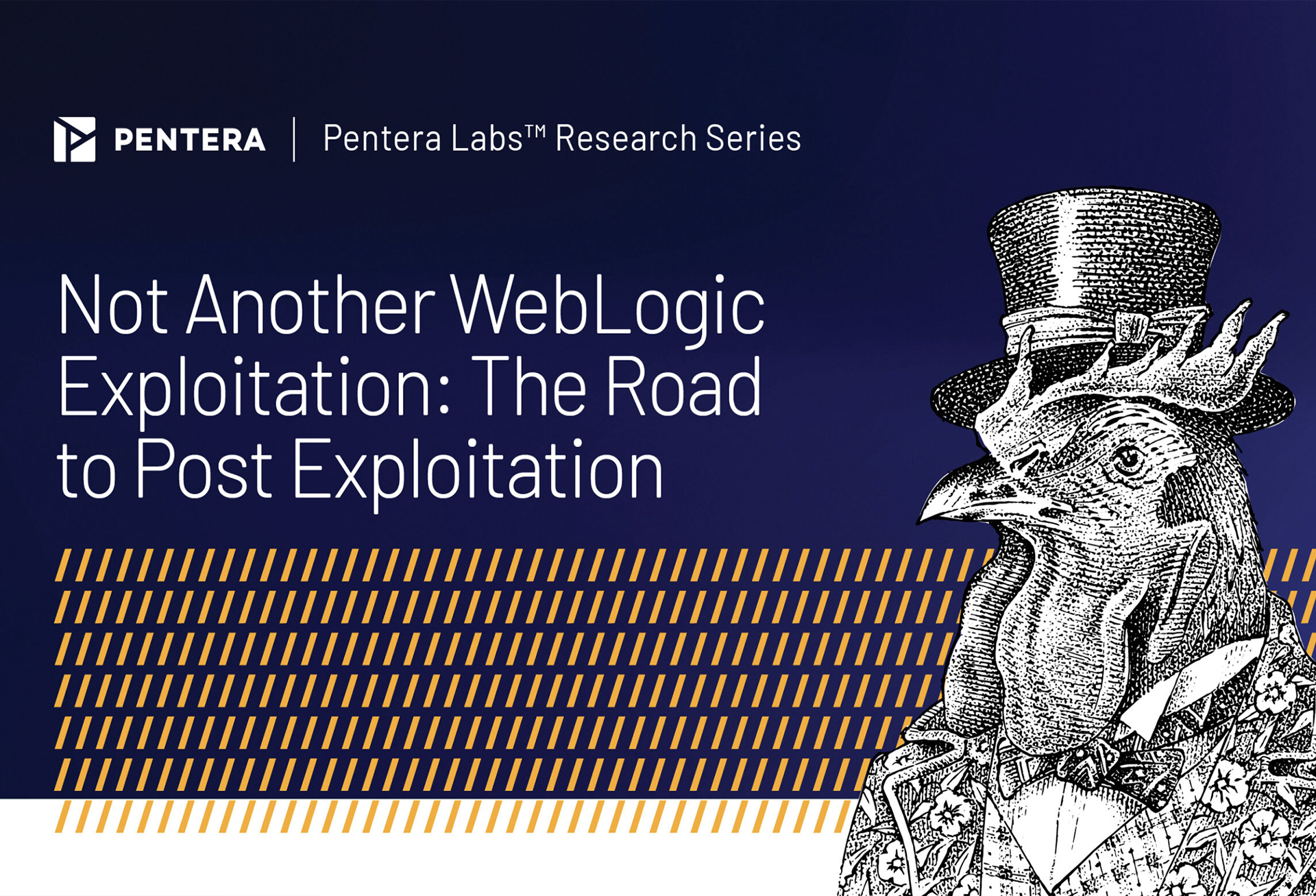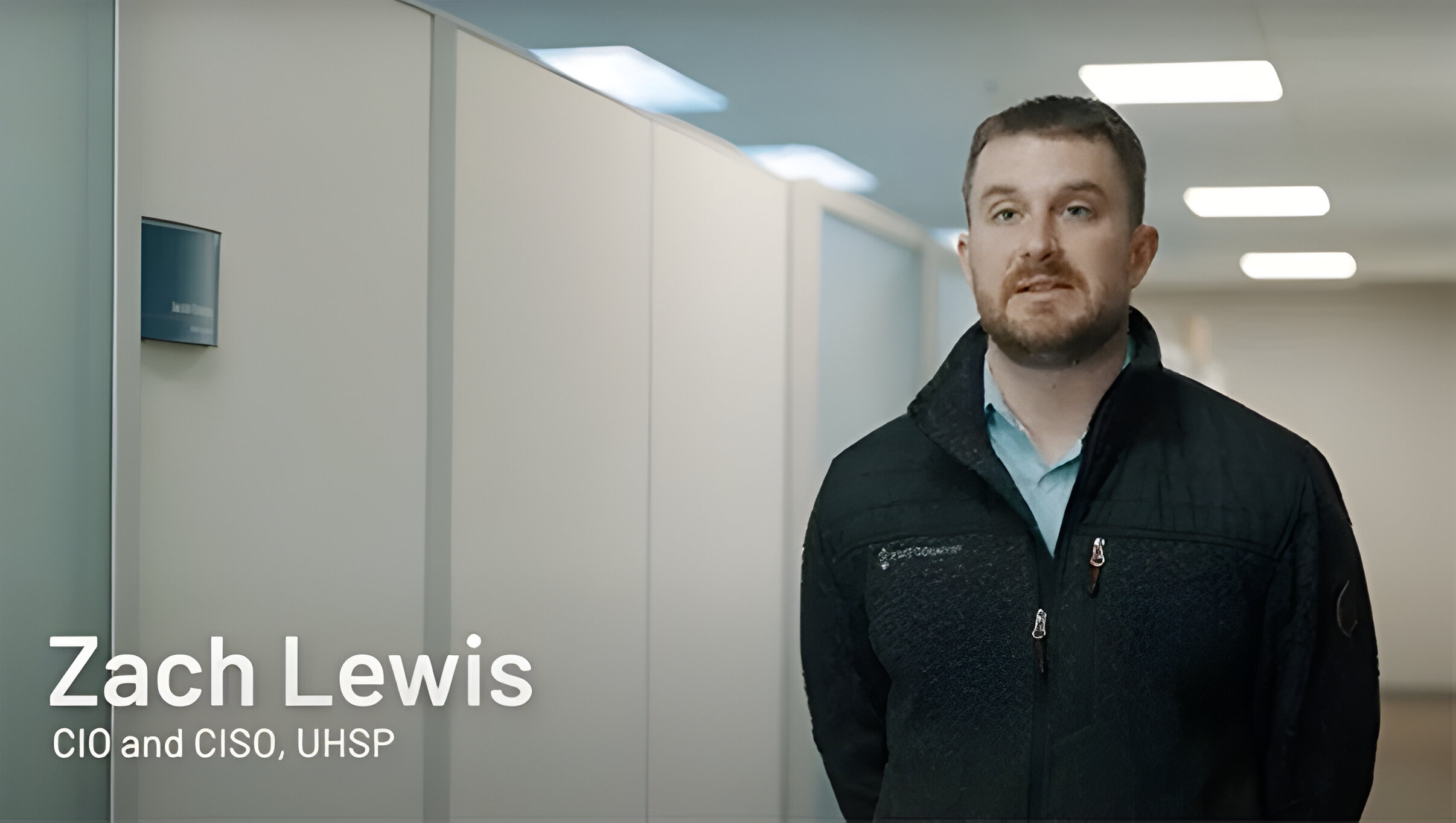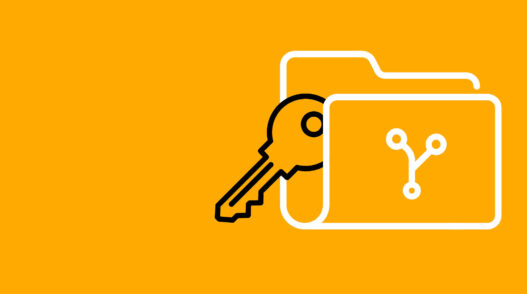The evolution of software always catches us by surprise. I remember betting against the IBM computer Deep Blue during its chess match against the grandmaster Garry Kasparov in 1997, only to be stunned when the machine claimed victory. Fast forward to today, would we have imagined just three years ago that a chatbot could write essays, handle customer support calls, and even craft commercial artwork? We continue to be amazed by what software can achieve—tasks we once thought were strictly human domains. Such is the surprise unfolding in the sphere of cybersecurity testing, like when it comes to Automated Penetration Testing… Hold on tight!
Demystifying Penetration Testing
If someone had told me 10 years ago that computer software could one day perform the work of an ethical hacker, I would have said « No way, Jose. » Penetration testing—PT for short—is when experts mimic hackers to test a company’s defenses. It’s a critical practice, mandated by major regulatory bodies like PCI DSS, HIPAA, and DORA to ensure network safety. And yet, despite its importance, penetration testing has been conducted in much the same way for decades.
We’ve Been Used to Paying the Bill
Traditional PT doesn’t come cheap. Basic external web tests cost around $30,000, while complex cloud systems analyses can go up to $150,000. It’s also a slow process, often taking two to three months from the initial request to final reporting. And in the end, only 5% to 10% of an organization’s assets are tested during each cycle.
Now consider the alternative: for the price of one manual pentest, you could run automated tests daily with ten times the scope, all year long. The cost reduction is staggering—like going from buying a BMW M4 to a pair of Air Jordan sneakers.
A Brief History of Security Validation
While the broader field of cybersecurity has embraced innovations like AI-driven endpoint security, penetration testing has been slower to evolve. Pentera introduced automated security testing in 2015, marking the birth of algorithm-based validation. Initially, this was met with enthusiasm from early adopters and skepticism from traditionalists. Nearly a decade later, automated penetration testing is a proven solution, used daily by thousands of enterprise security professionals.
Embracing Automated Solutions
The shift toward automation is gaining momentum. While there’s still a place for expert pentesters in advanced scenarios like physical-cyber attack paths or bespoke testing, the need for broad coverage and frequent checks is undeniable. Automated penetration testing fills this gap, enabling organizations to streamline vulnerability identification by combining precision and scalability.
By integrating remote penetration testing methods or transitioning to advanced automated pentesting solutions, organizations can ensure cost-effective and efficient security strategies. Automated solutions are the practical answer to addressing hundreds of millions of untested systems, delivering robust defenses without breaking the bank.
The Future of Cybersecurity Testing is Software
So, I ask: Why pay a pentester?
